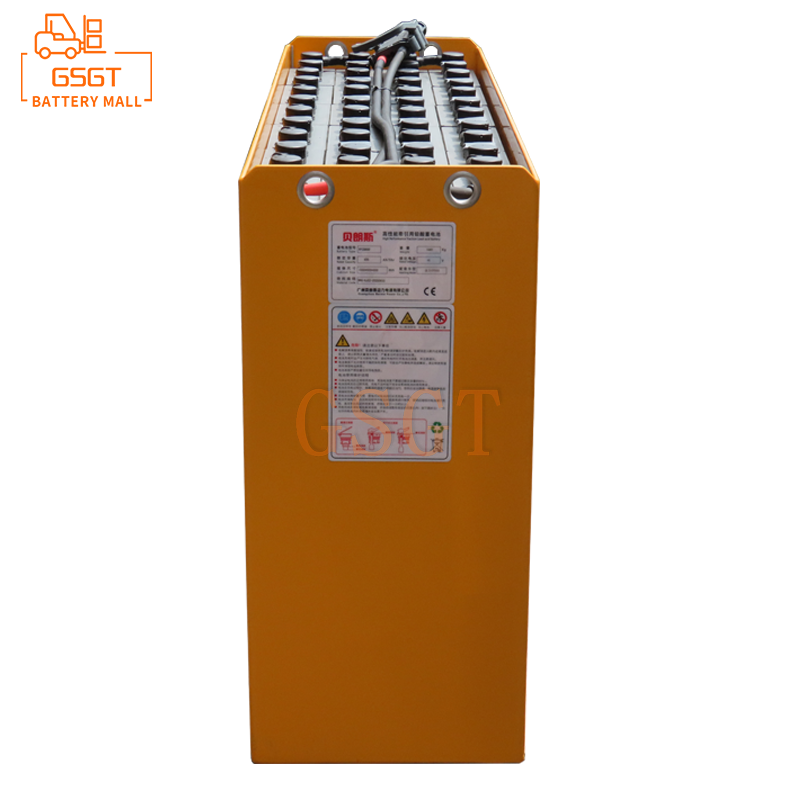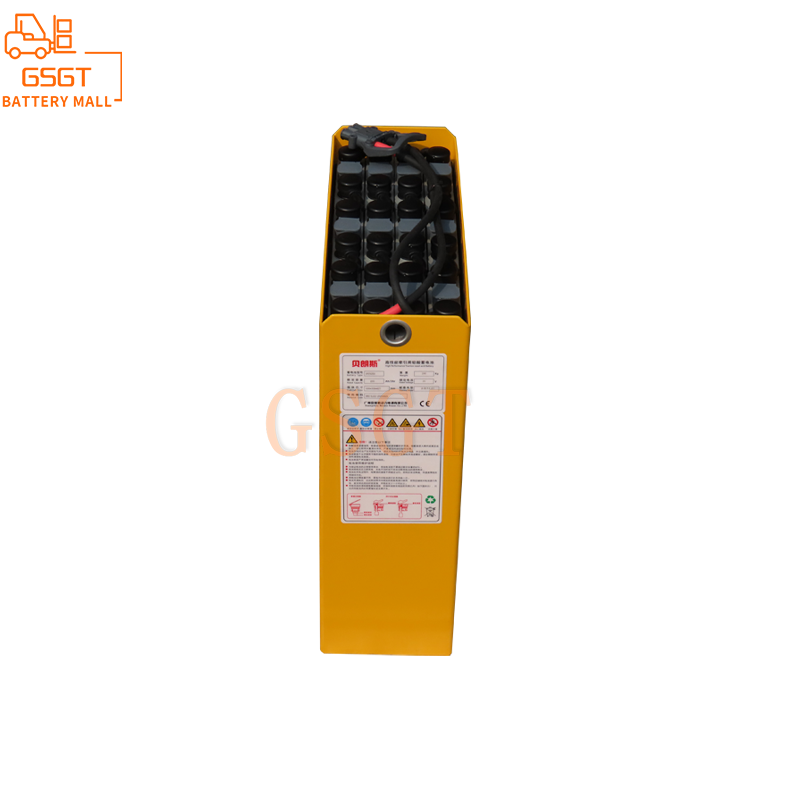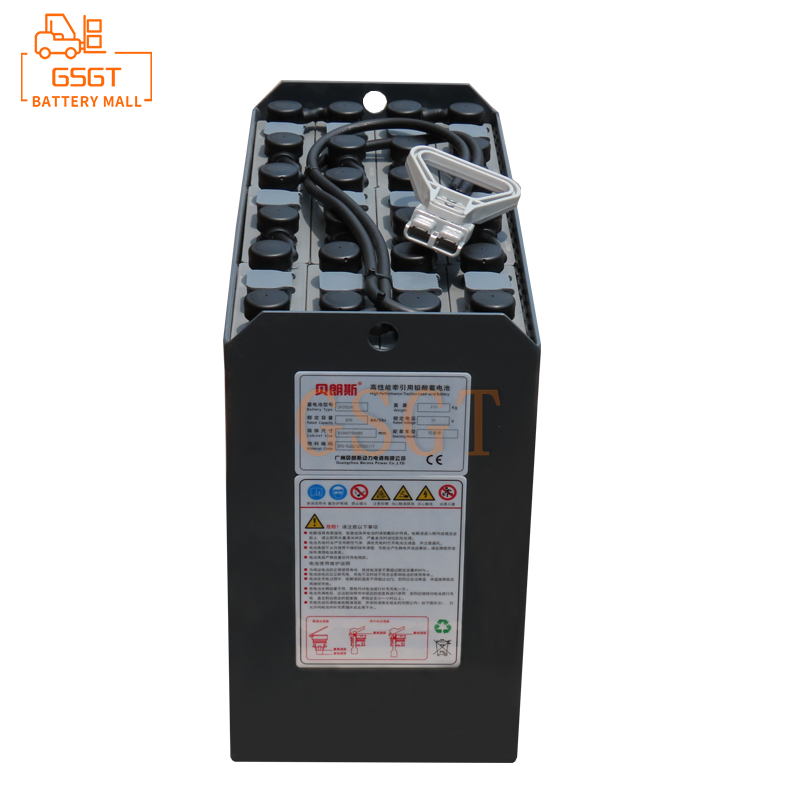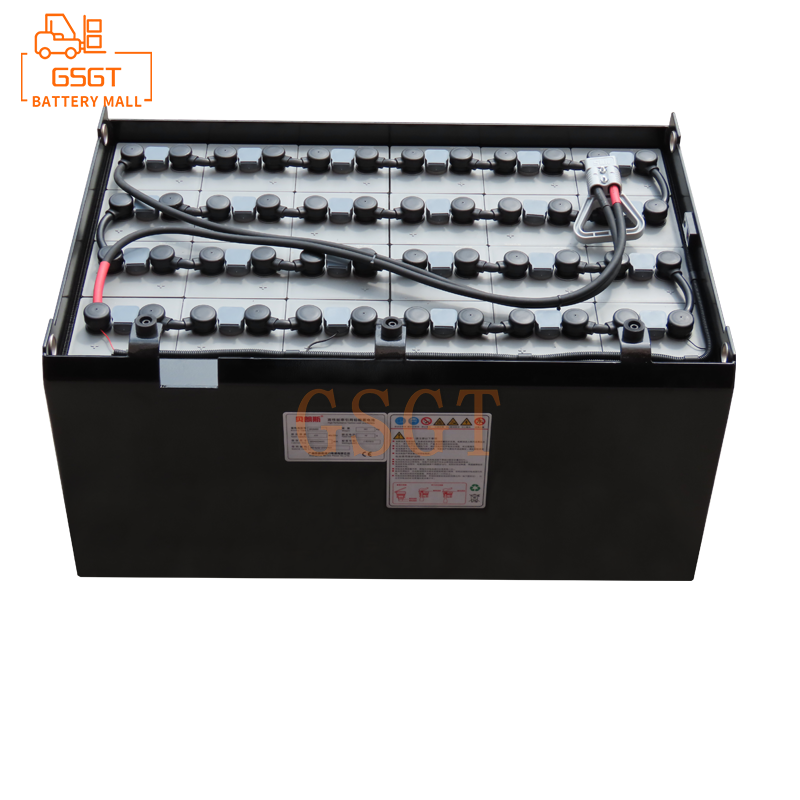Time:2025-07-09 10:22:39
Browse:628
In scenarios such as logistics warehousing and factory workshops, forklifts, as important handling equipment, the capacity of their lead-acid batteries directly affects work efficiency. Once the problem of insufficient capacity occurs, it will not only lead to a shortened range of forklifts and frequent shutdowns, but also may delay the production progress. This article will analyze the common causes of insufficient capacity from a practical operation perspective and provide practical solutions.
1. Typical Manifestations and Hazards of Insufficient Capacity
When the capacity of the lead-acid battery in a forklift is insufficient, the most obvious manifestation is a significant reduction in the driving range. A forklift that could originally work for 8 hours on a full charge may only be able to run for 3 to 4 hours. During charging, there may also be situations such as incomplete charging and abnormal battery heating. If the battery is in a state of insufficient capacity for a long time, it will accelerate the aging of the battery plates, shorten their service life, and may even cause safety hazards such as leakage and bulging.
2. Common Problems and Targeted Solutions
Question 1: The battery has been in use for more than three years. Recently, its capacity has suddenly dropped sharply. Is this due to normal aging or improper operation?
This situation needs to be comprehensively judged in combination with daily usage habits. The designed service life of lead-acid batteries is usually 3 to 5 years. If they have been in use for 3 years and experience a slow decline in capacity, it is a normal aging phenomenon. However, if there is a sudden drop, it is more likely due to improper operation, such as long-term over-discharge (the forklift is still in use when the battery level is below 20%), insufficient charging time or mismatched charger parameters, etc.
Solution: First, check if the charger matches the battery model. Replace the original charger and perform three complete charge and discharge cycles (fully charge and use it up before recharging). If the capacity still does not improve, the battery needs to be disassembled to check the condition of the plates. If severe sulfation or corrosion of the plates is found, it is recommended to replace the battery with a new one.
Question 2: If a new battery shows insufficient capacity after half a year of use and the battery casing gets hot during charging, what could be the possible reasons?
Most of the problems with new batteries are related to the non-standard charging process. During the charging process of lead-acid batteries, a small amount of heat is generated. However, the casing getting hot is usually due to overcharging of the charger (charging time exceeding 12 hours) or excessive charging current, which causes abnormal chemical reactions inside the battery and the shedding of active substances on the plates.
Solution: Immediately stop using the current charger and contact the manufacturer to replace it with a charger that meets the specifications. When charging, strictly follow the principle of "charge when the battery level is below 30% and cut off the power in time after it is fully charged". Each charging time should be controlled within 8 to 10 hours. If the battery remains hot for a long time, it should be sent to a professional institution for equalization charging treatment (by charging with a small current for a long time to repair the slight sulfation of the plates).
Question 3: The battery capacity of forklifts drops significantly in winter but returns to normal in summer. Is this a battery failure?
This is a normal temperature-influenced phenomenon and not a battery malfunction. The optimal operating temperature for lead-acid batteries is around 25℃. When the ambient temperature drops below 10℃, the fluidity of the electrolyte decreases, the chemical reaction rate of the plates slows down, and the capacity will naturally decline by 20% to 30%. As the temperature rises in summer, the battery performance recovers accordingly, thus causing seasonal capacity fluctuations.
Solution: When using the forklift in winter, try to park it in an environment above 5℃. Before charging, let the battery stand for 30 minutes until the temperature rises, and then charge it. Where conditions permit, battery insulation covers can be installed to reduce the impact of temperature on capacity. In this case, there is no need to replace the battery. The capacity will automatically recover when the temperature rises.
3. Daily Maintenance and Preventive Measures
Standardize the charging process: Establish a charging registration system, recording the start and end times of each charge to prevent overcharging or undercharging. The charger needs to be inspected regularly to ensure that the output voltage and current are consistent with the battery parameters.
Regular cleaning and maintenance: Wipe the battery surface with a dry cloth every week to remove dust and electrolyte residue. Check the battery terminals for looseness every month and apply Vaseline to prevent oxidation.
Avoid deep discharge: When the forklift's instrument panel shows that the battery level is below 20%, stop the operation immediately and charge to reduce the probability of sulfation of the plates.
Quarterly professional inspection: Every three months, professional personnel are invited to conduct capacity tests and balanced charging on the battery to detect problems such as sulfation of the plates and abnormal density of the electrolyte in advance.
4. Precautions for Battery Replacement
When the battery still fails to meet the working requirements after multiple repairs, it should be replaced with a new one in a timely manner. When replacing, please note:
Select a battery that matches the forklift model and ensure that the voltage and capacity parameters are consistent.
When performing the first charge and discharge after replacement, three consecutive cycles need to be completed to activate the battery performance.
5. Summary
The problem of insufficient capacity of lead-acid batteries in forklifts can mostly be solved through standardized operation and timely maintenance. In daily use, it is necessary to pay attention to three key links: the charging process, environmental temperature and regular inspection. For severely aged batteries, timely replacement is a necessary measure to ensure the efficient operation of forklifts. Through scientific management, the battery life can be effectively prolonged and the equipment maintenance cost can be reduced.

$3810

$1270

$850

$2180

MESSAGE
Professional And Efficient
Security
Affordable Price
Professional Services